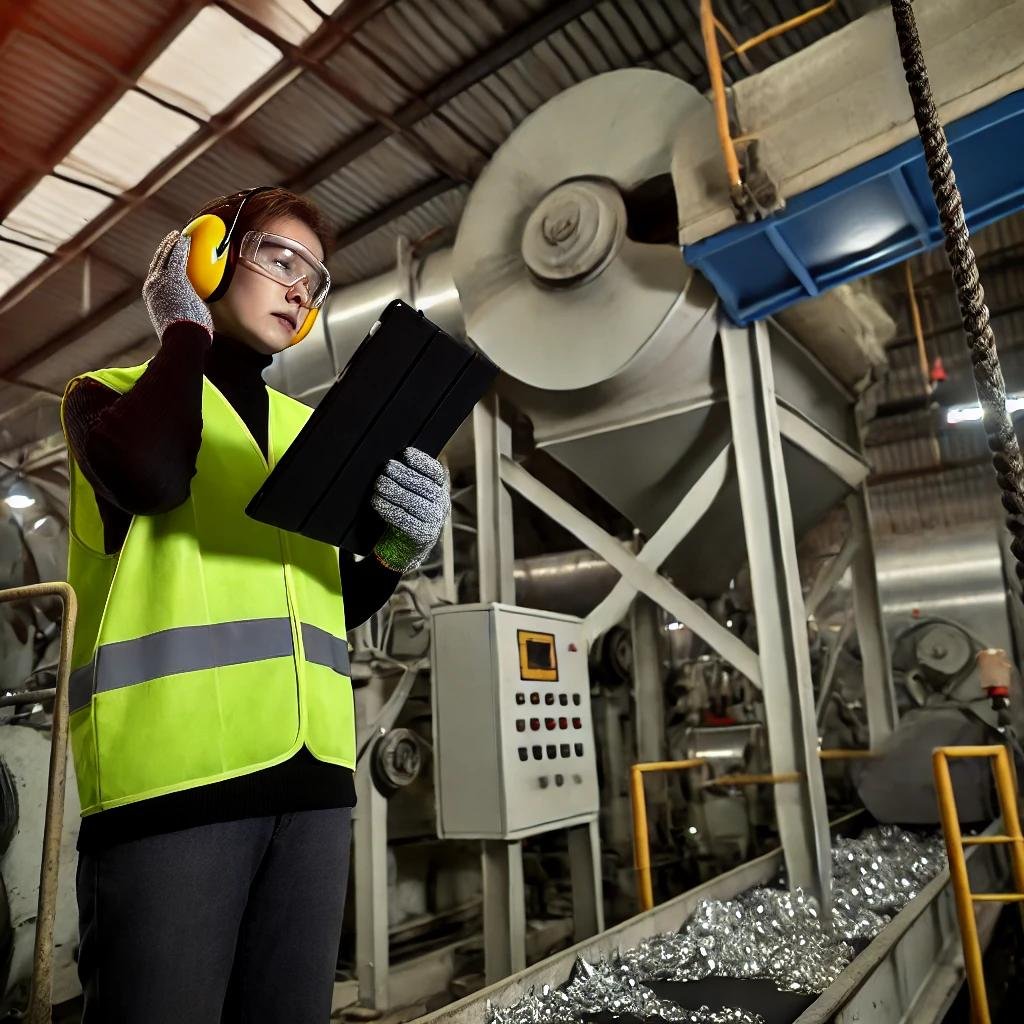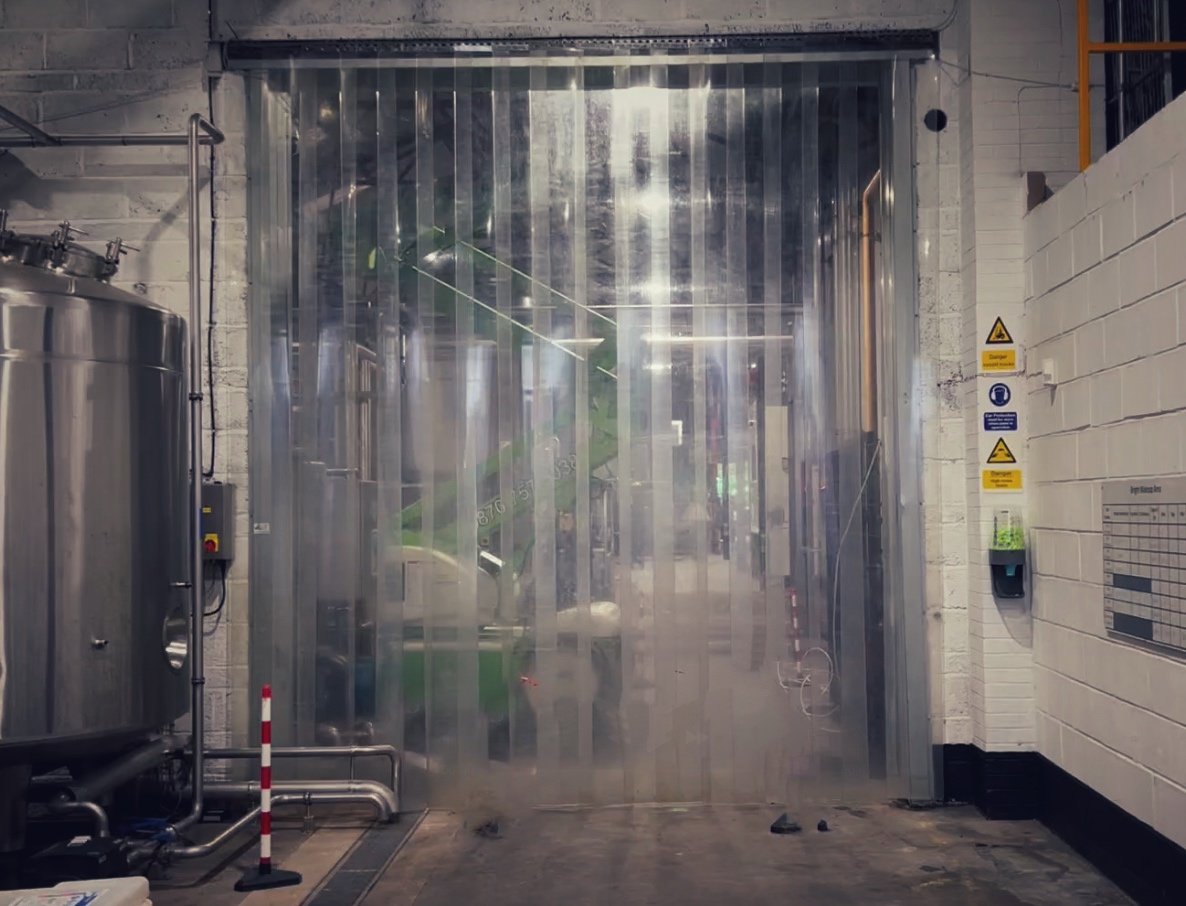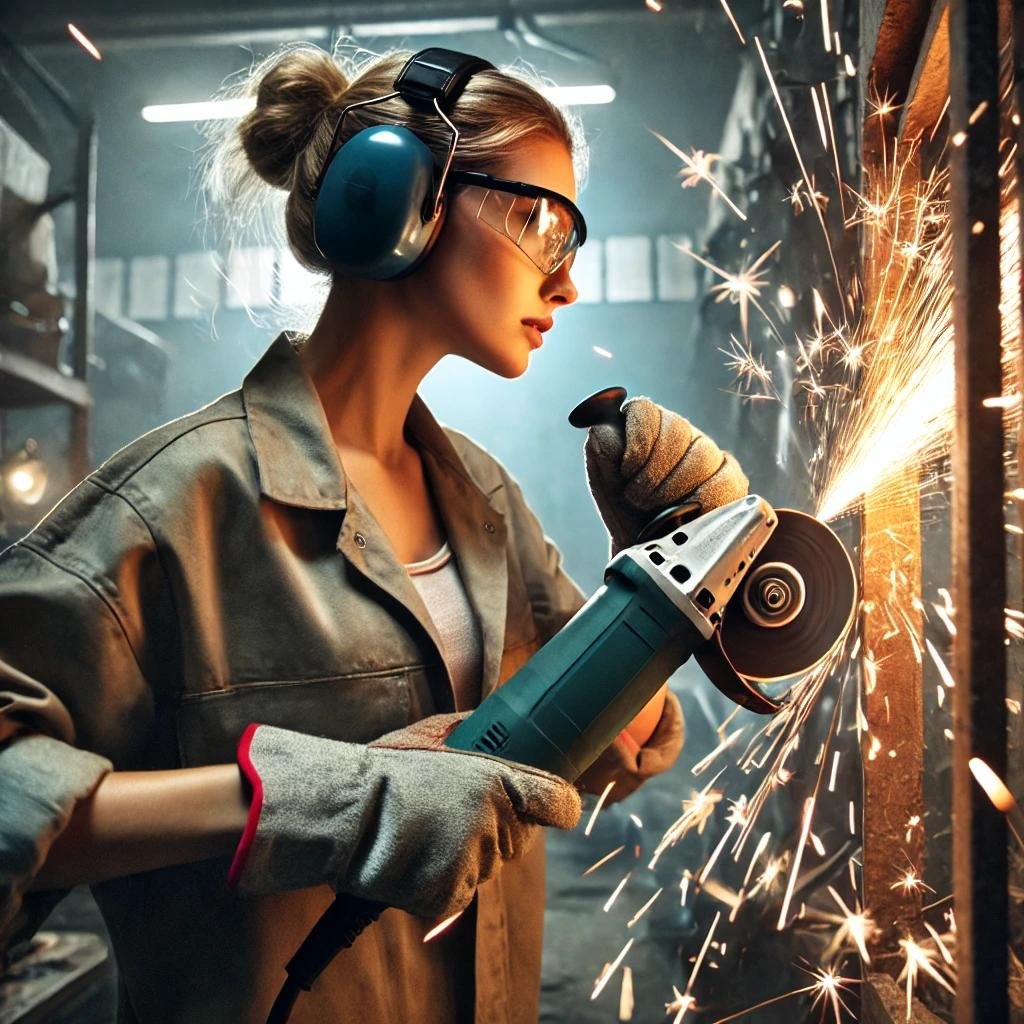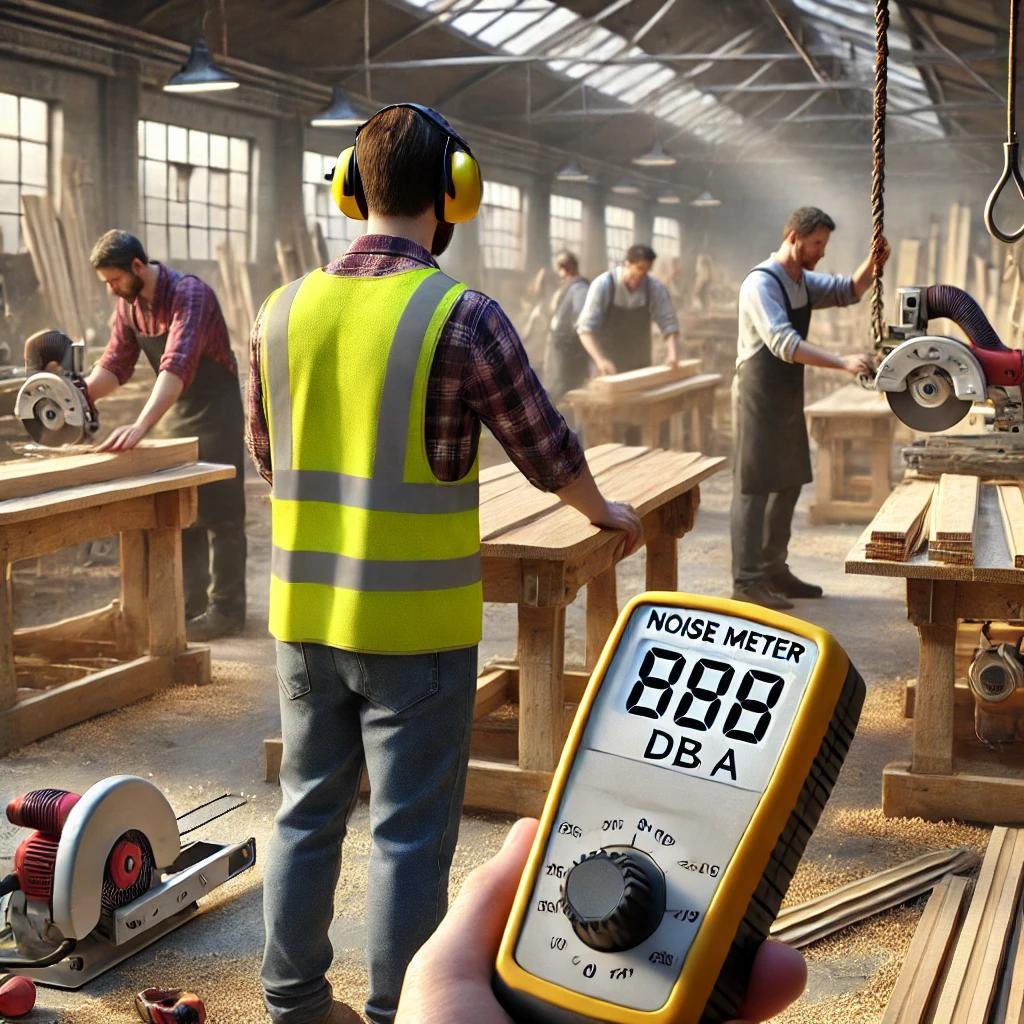
NOISE SAFETY ARTICLES
A blog of articles and general information on all things relating to noise assessments or noise surveys at work, or managing employee noise exposure risks.
Advice and information on occupational noise assessments and general tips for managing noise safety risks at work.
Noise assessments ● Hearing protection ● Health surveillance ● Noise Training
For a specific subject area, try the search box

When to repeat a noise assessment
A noise assessment does need to be reviewed or repeated from scratch sometimes, but you don’t always have to get someone in to do it. This is guidance on when to review a noise assessment or get a new noise assessment done.

How do you know if you need a noise assessment?
Now that is a good question, the Noise Regs require an employer to do a noise assessment if they think there is a noise risk, but how do you know you have a noise risk without doing a noise assessment…?

Noise risk assessment vs Noise assessment vs Noise Survey
Noise survey vs noise assessment vs noise risk assessment - what do they all mean, what is the difference between them and what do employers need to have in place?

Effectiveness of enclosures and curtains as a noise control method
When you do a noise assessment it is tempting to reach straight for the hearing protection but there are some steps all employers need to follow first, including containing noise to keep the noise in one area and the humble plastic strip curtain can be very effective.

dB(A) and dB(C) data in noise assessments
In a noise assessment you will see a few different types of noise data presented and it can seem a little baffling. Noise is measured in decibels, but not all decibels are the same, that would be far too easy.

What to look for in a good noise assessment
I feel for employers here as they know they need to get a noise assessment done so start looking into it, and quickly end up in a dark and murky world of Lep,d and TWA and dB(A) and dB(C). It is a wonder they don’t end up sitting in a corner and weeping gently.

Noise assessments for non-routine jobs.
The Noise Regs focus on daily average noise risk levels for staff, but for some workplaces such as joinery workshops or small metal fabrication businesses, the daily variation in the work is such that an average noise exposure level on one day has no relevant to any others.

Hand-held or wearable meters in a noise assessment?
There are two basic types of noise meter, hand-held and wearable, (also called dosimeters or dosimeters).
Wearables have a use but a great deal of care is needed with them and they really shouldn’t be used as the primary means of gathering data.

How long should a noise assessment take?
A common question is how long a noise assessment will take on a site. It is influenced by a few things such as variation in work on the site, production cycles and number of people present. These are the factors influencing how long a noise assessment takes place on the day.

